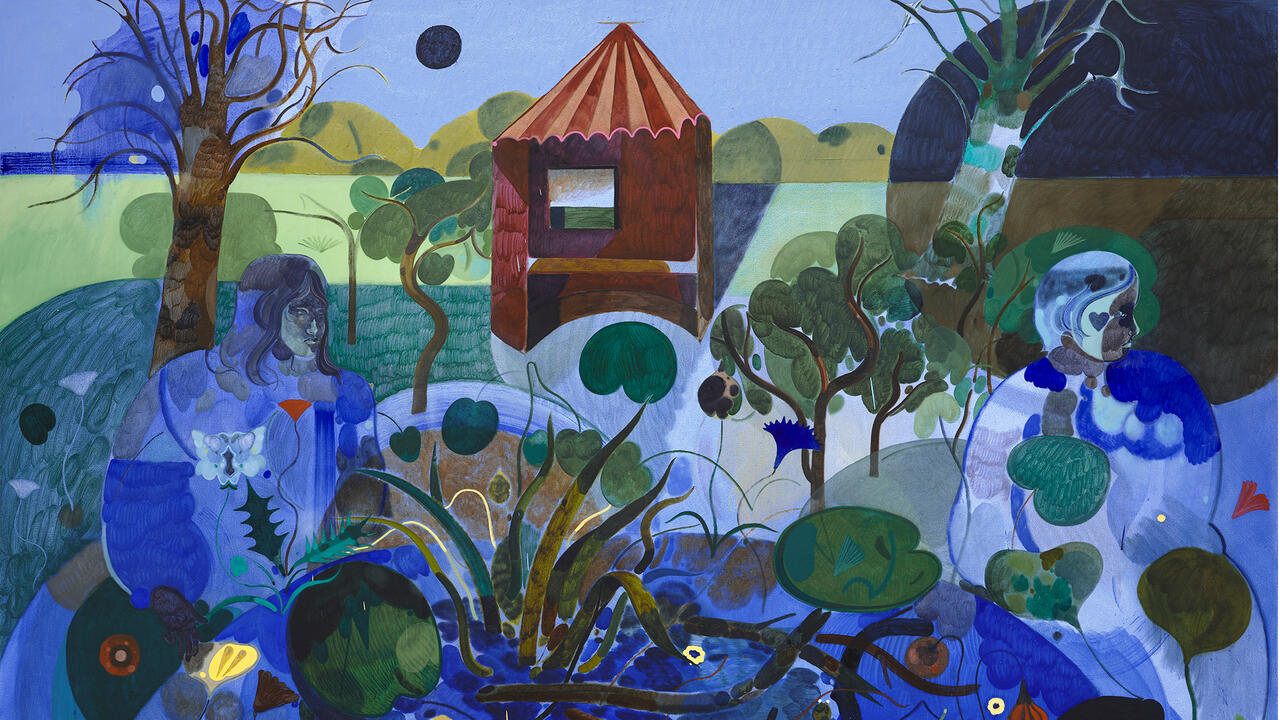Whatever Works
In this series, frieze d/e looks at the logistics behind art works. Here, the founder and the director of Sitterwerk in St. Gallen explain the foundry’s many functions and processes.
In this series, frieze d/e looks at the logistics behind art works. Here, the founder and the director of Sitterwerk in St. Gallen explain the foundry’s many functions and processes.

Sitterwerk was born out of the work of the art foundry. From the beginning, the aim was to have the closest possible relationship with the art being made – to be more than just a production facility. The key thing for us is to provide a setting where the conception of an artwork has its rightful place within the production process.
Our art foundry – still the driving force behind the complex as a whole – now employs between 40 and 45 people. In 2006, Sitterwerk was made a non-profit foundation including an art library, a materials archive, residential studios and the Kesselhaus Josephsohn. Guest artists invited to use the studios are selected by a committee. Formerly a boiler house, Kesselhaus Josephsohn serves as an exhibition and storage space for the sculptures and plaster originals of the sculptor Hans Josephsohn (1920–2012) who often came to the foundry to check on new casts of his works.

Although the foundry produces work for many well-known artists, including Urs Fischer, Paul McCarthy, Katharina Fritsch, Fischli & Weiss and Pierre Huyghe, it remains a challenge to survive economically. With a production facility of this kind, one can either limit oneself to a small number of techniques or open up and embrace a broad spectrum. We chose the latter approach. Today we are able to offer various techniques, none of which would on their own allow us to survive. Three years ago, for example, we set up a photographic laboratory where we make professional prints using analogue and digital processes, including large formats.

Our aim is to allow artists to produce work that might not be possible elsewhere, as well as to give them the opportunity to try out the latest technology. In recent years we have gathered a great deal of experience in the digital field and bought equipment including a 3D scanner, a five-axis milling machine and a CNC hot wire cutting system.
A project where we were able to use our facilities to the full was one we realized last year with Mariana Castillo Deball. We helped her develop Uncomfortable Objects (2012), her large curved plaster work for dOCUMENTA (13). Drawing heavily on our archive of materials, we worked with Mariana to develop an approach tailored to her needs. The result was an unconventional approach to the Baroque stucco marble technique. As the budget was tight, we also had to find a solution in terms of cost. Finally, we worked with the artist to develop a set of editions that are being sold by Sitterwerk and Haus Konstruktiv in Zurich, with the proceeds helping to pay for the large work.

In many cases, artistic decisions are made during the production process itself. This calls for an atmosphere where it is possible to rethink and start afresh. While offering a wide range of technical skills, we also aim to be open enough for artists to make creative use of this flexibility, since much of what is called for in making art is at odds with classical craft techniques and traditional norms. For example, we worked with Urs Fischer on his pieces A Place Called Novosibirsk (2004) and Untitled (Big Clay #3) (2008–11). He wanted them to convey a lightness and spontaneity of approach and to look fragile – but they still had to be solid and carefully made. Achieving something like that often takes several attempts. The works and materials need to be durable.


Over the years we have built up an archive of materials with countless samples that provides an ongoing source of inspiration. This archive is an important tool for us, for the artists, but also for people from outside such as architects, students and restorers. The archive is housed in the same building as the art library, which is also open to the public. Since 2010, it has been equipped with a dynamic RFID-based system: each of the roughly 25,000 titles has an electronic tag, and a scanner runs along the shelves once a day to determine the location of the books. Our website provides access to the entire catalogue, as well as the current location of each book. With this new technology, the arrangement of the library becomes more flexible and individual books can be assigned to different themed contexts. We have also developed an ‘intelligent table’ that immediately detects what books and other materials are on the tabletop, allowing visitors to archive their research. We encourage guest artists and visitors to publish their groups of materials via the online catalogue. This may all sound very hi-tech, but one shouldn’t forget that the library and the material archive are just ten metres away from the smelting furnace.
Translated by Nicholas Grindell














